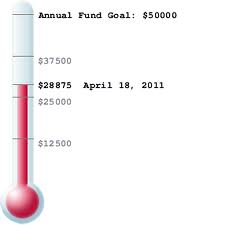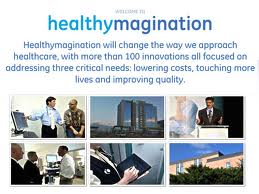 The holiday spirit is in the air and Santa is loading his sleigh. Holiday music is on everywhere you go, and people are drunk on egg nog and fighting back sugar induced commas brought on by eating too many cookies. For all of these reasons, I thought it might be fun to focus on the following holiday inspired question: “What would be the twelve days of resource development if such a song was written?”
The holiday spirit is in the air and Santa is loading his sleigh. Holiday music is on everywhere you go, and people are drunk on egg nog and fighting back sugar induced commas brought on by eating too many cookies. For all of these reasons, I thought it might be fun to focus on the following holiday inspired question: “What would be the twelve days of resource development if such a song was written?”
On Monday, we kicked things off with Days 1, 2 and 3 . . . and I asked readers to weigh-in with what they thought Days 4, 5 and 6 ahould be.
I want to thank Barb Allen from the Boys & Girls Clubs of Metro Atlanta and Susan Rudd from Boys & Girls Club of Bloomington (Bloomington, Indiana, of course which is the driving influence behind The Center on Philanthropy) for jumping in with two great suggestions.
So, let’s take a moment to recap:
- On the first day of resource development, my favorite donor gave to me . . . a signed pledge with a large increase over last year’s gift level.
- On the second day of resource development, my favorite group of fundraising volunteers gave to me . . . a commitment to work pledge cards and help putting together our special events.
- On the third day of resource development, my favorite resource development committee gave to me . . . three key written plans spelling out success in 2012 (e.g. resource development plan, prospect cultivation plan, and a donor stewardship plan.
Here is what Barb and Susan suggested yesterday:
- On the fourth day of resource development, my most engaged and best donors gave to me . . . four fun cultivation parties that helped open the door to a warm group of new (and generous) prospects.
- On the fifth day of resource development, the kids at the Boys & Girls Club gave to me . . . five truck-loads of holiday goodies and hand-decorated ornaments that will be given to some of the Club’s best donors. (personally, I love this idea soooo much more than “five golden rings” LOL)
Since only two subscribers weighed in with suggestions yesterday, “the sixth day” was left up to me to determine.
- On the sixth day of resource development, my major gifts program gave to me . . . six program staff employees who helped the resource development staff and major gifts volunteers put together a “menu of opportunities” (thus signifying elimination of organizational silos and a healthy partnership between the resource development and program departments)
Phew . . . it is getting more and more difficult to come up with ideas, which is why I sincerely appreciate both Barb and Susan for jumping in with great ideas yesterday.
There are more than 125 of you out there who subscribe to the DonorDreams blog and we need your help to finish this project. We have six more days of resource development to go and the hill is getting steeper. Please use the comment box below and weigh-in with an idea.
Remember, there is no such thing as a stupid idea. Additionally, please don’t forget that we can all learn from each other. I bet there is someone out there today who will read the comments from Barb or Susan and have a “EUREKA . . . AHA MOMENT”. This has happened to all of us at some point in time. So, why not give a gift to the resource development community and “pay it forward” this holiday season with the small gift of inspiration for a fellow fundraising professional?
Here’s to your health!
Erik Anderson
Founder & President, The Healthy Non-Profit LLC
www.thehealthynonprofit.com
erik@thehealthynonprofit.com
http://twitter.com/#!/eanderson847
http://www.facebook.com/eanderson847
http://www.linkedin.com/in/erikanderson847

























